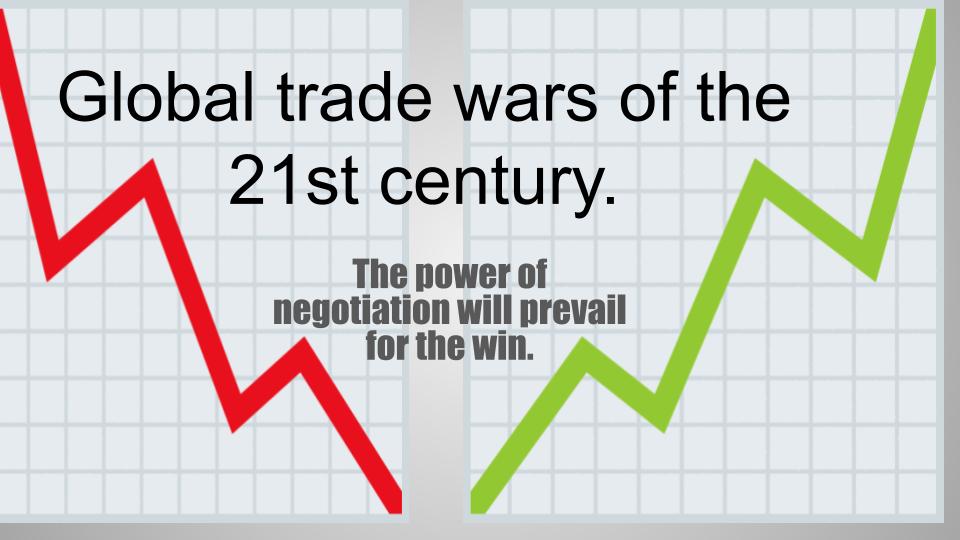These are some of the great impacts the tariffs will have on global trade:
- Lower national unemployment rates.
Businesses will need to reevaluate their manufacturing policies. If the United States of America (USA) imposes high tariffs on local companies that primarily manufacture outside the country, they might begin considering opening some of their manufacturing facilities locally. A great example would be Apple Inc.
Manufacturing is one of the most effective means of creating employment. Countries that have lost their manufacturing processes to nations like India and China have fewer opportunities for creating local jobs. The production of certain car models by the Japanese brand Toyota has been shifted to India, resulting in decreased local production in countries with Toyota manufacturing plants.
However, as automation and machine learning increasingly replace workers along the production line, aided by artificial intelligence, countries lacking sufficient computer engineers may struggle to be chosen for car manufacturing as it becomes more complex. Unless they rapidly increase training programs for the skilled personnel needed for the job, they risk falling behind China and India.
- Businesses will opt for local production.
To negate high tariff costs, a company like Apple might start opening a manufacturing facility serving the USA market. This would be highly beneficial in terms of job creation and in reducing the unemployment rate. They might also produce the products within the countries where they know they have a big market share, like Japan and the United Kingdom (UK).
Transference of skills will also be a priority, as the local markets will gain exposure to the manufacturing process for the first time. This will also open great opportunities for efficiency, research, and development incentives. Countries will need to create adequate training to have qualified computer engineers who can compete with China and India.

- Lower the cost of goods.
Countries that have imposed high tariffs will lose a great market share if their products are too expensive to import. Most countries will start to negotiate fair deals so that they can keep their competitive advantage. This will also allow for new entrants in certain markets as they see the reduction in the cost prices of certain goods.
- No more prioritizing cheap labor.
Others’ biggest advantage is that they can mass-produce at a lower cost than other countries. This has been the biggest hurdle for most countries to even start producing the same products as other countries. Some countries do not have labor laws that institute minimum wages, which results in lower-cost prices that countries with strict labor laws cannot compete with.
The cheap labor monopolies are unique, as they have an exchange rate currency advantage, low-cost prices, and less strict trade policies. Big companies have used this to their advantage; a brand as popular as Toyota can avoid producing some of their cars in Japan or local trade countries by selecting countries that can do a good job for cheaper, and just ship the final products to various countries in the world. The same is done by the USA companies, which enjoy the advantage of the strong US dollar compared to other currencies. High profit margin at the expense of cheap labor comes at the cost of unequal employment opportunities.

The tariffs that Donald J. Trump’s administration has imposed on various countries will help countries to reevaluate how they create value in a competitive market. Just like how the United States Agency for International Development (USAID) opened people’s eyes as to how the money is distributed. The inequality in trade tariffs will open the eyes of many. Hopefully, more people will have a better understanding of what the USA is trying to accomplish for its citizens and the greater good of global trade.




